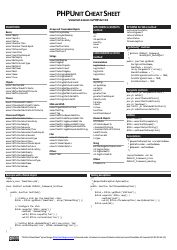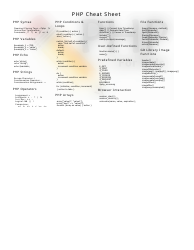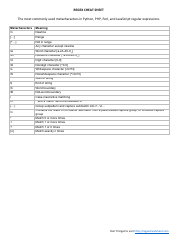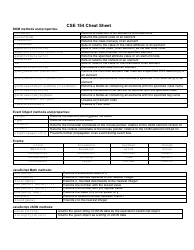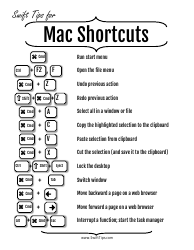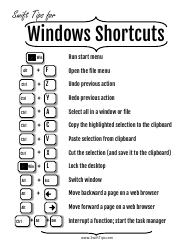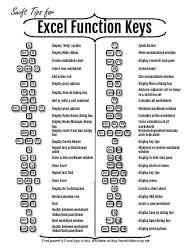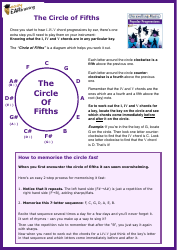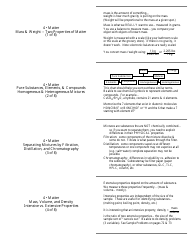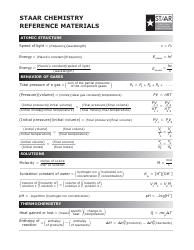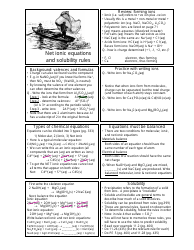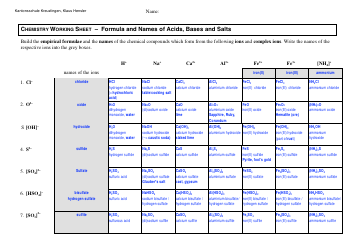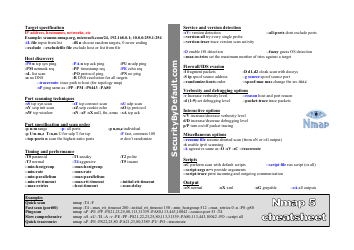Php Filtering & Escaping Cheat Sheet
The PHP Filtering & Escaping Cheat Sheet is a reference guide that provides information and examples on how to properly filter and escape user input in PHP code. It helps developers ensure that the data they receive from users is safe and secure, preventing vulnerabilities such as SQL injections or cross-site scripting attacks.
FAQ
Q: What is PHP filtering?
A: PHP filtering is a technique used to validate and sanitize user input in PHP code, ensuring that it is safe to use.
Q: What is PHP escaping?
A: PHP escaping is a method to prevent characters from being interpreted as code in PHP, by adding escape characters before special characters.
Q: Why is PHP filtering important?
A: PHP filtering helps prevent security vulnerabilities, such as code injection and cross-site scripting (XSS), by validating and sanitizing user input.
Q: What are some common PHP filtering functions?
A: Some commonly used PHP filtering functions are filter_var(), filter_input(), and filter_input_array().
Q: What is the purpose of PHP escaping?
A: The purpose of PHP escaping is to ensure that special characters are treated as literal characters, preventing them from being misinterpreted as code.
Q: What are escape characters in PHP?
A: Escape characters in PHP are special characters (e.g., backslash) that are used to indicate that the following character should be treated as a literal character, not as code.
Q: How can PHP escaping be done?
A: PHP escaping can be done by using functions like addslashes(), htmlspecialchars(), and htmlentities() to escape special characters in PHP strings.
Q: Can PHP filtering and escaping guarantee 100% security?
A: While PHP filtering and escaping can greatly improve security, they should be used in conjunction with other security measures, as they cannot guarantee 100% security.


